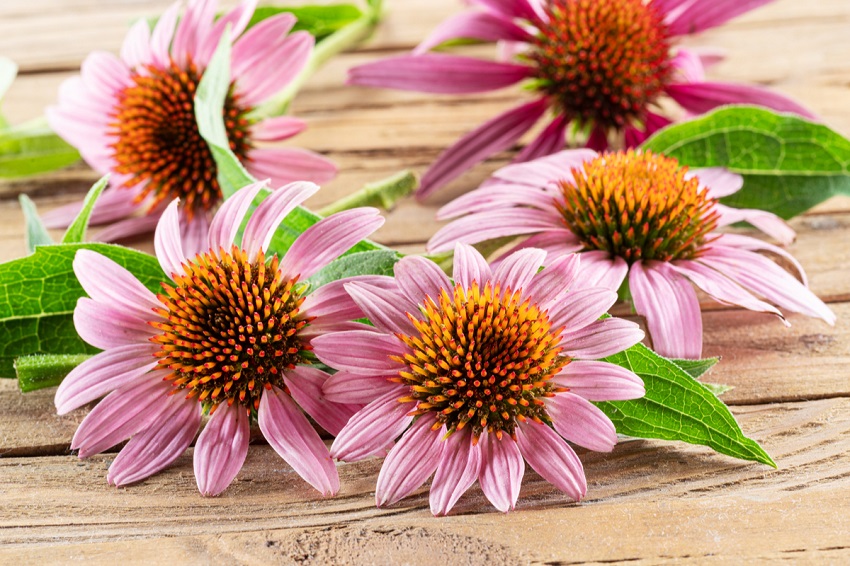Have you ever considered adding the beautiful and medicinal echinacea plant to your garden? Echinacea, also known as coneflower, is a vibrant and popular flowering plant that not only adds stunning colors to your landscape but also offers numerous health benefits. In this article, we will discuss everything you need to know about echinacea plant care, from planting and watering to soil requirements and pest control.
Selecting the Right Variety
Before you start growing echinacea, it’s essential to choose the right variety for your region and garden. There are several types of echinacea plants available, including Echinacea purpurea, Echinacea pallida, and Echinacea angustifolia. Each variety has its own unique characteristics and planting requirements, so do some research to determine which one suits your needs best. If you’re looking for a striking addition to your garden, you may want to consider the black dragon rose, which is known for its deep, rich color and unique appearance.
Planting Echinacea
Echinacea plants thrive best in full sun, so choose a location in your garden that receives at least 6-8 hours of direct sunlight. The soil should be well-draining and moderately fertile. Prepare the soil by removing any weeds, rocks, or debris. Dig a hole that is slightly larger than the root ball of your echinacea plant and place it in the hole, ensuring that the crown is level with the soil surface. Space the plants around 12-18 inches apart to allow for proper air circulation.
Watering and Moisture
While echinacea plants are drought-tolerant once established, they still require regular watering, especially during the first few weeks after planting. Water the plants thoroughly, ensuring the soil is evenly moist. After the plants have established a strong root system, water them deeply once a week, especially during hot and dry periods. Avoid overwatering, as echinacea plants can suffer from root rot if their roots are constantly in wet soil.
Soil Requirements
Echinacea plants prefer well-draining soil with a pH of 6.0 to 7.0. If your soil is heavy clay or poorly draining, consider adding organic matter such as compost or well-rotted manure to improve drainage. This will help prevent waterlogged soil, which can lead to root rot and other fungal diseases. Additionally, ensure that the soil is rich in nutrients by adding a balanced fertilizer during the growing season.
Fertilizing Echinacea
Echinacea plants benefit from a light application of fertilizer in early spring as new growth emerges. Use a balanced slow-release fertilizer or a liquid fertilizer diluted according to the manufacturer’s instructions. Be careful not to over-fertilize, as this can cause excessive foliage growth at the expense of flower production.
Pruning and Deadheading
To encourage prolonged blooming and prevent self-seeding, deadhead the faded flowers regularly. Removing spent blooms not only improves the plant’s appearance but also redirects its energy towards producing more flowers. In late winter or early spring, cut back the entire plant to about 6 inches above the ground to promote healthy new growth. Discover Do Monsteras Grow Fast?
Pest and Disease Control
Echinacea plants are generally resilient and less prone to pest and disease issues. However, they can attract aphids, spider mites, and powdery mildew. Inspect your plants regularly for any signs of infestation or disease and take appropriate action. Consider using organic pest control methods such as neem oil or insecticidal soap to keep these problems at bay.
Winter Care
Most varieties of echinacea are hardy and can withstand cold winter temperatures. However, to protect the plants from extreme cold and wet conditions, you can apply a thick layer of mulch around the base of the plant in late fall. This will help insulate the roots and prevent damage from freezing and thawing cycles.
Conclusion
Echinacea plant care is relatively easy, making it a great addition to any garden. By following these simple guidelines for planting, watering, fertilizing, and maintaining your echinacea plants, you can enjoy their vibrant blooms and reap their medicinal benefits for years to come. So go ahead, create a stunning and healthy garden with echinacea plants!
Frequently Asked Questions
Q1: Can echinacea be grown in containers?
A1: Yes, echinacea can be grown successfully in containers as long as they have adequate drainage and receive sufficient sunlight.
Q2: How long does it take for echinacea to bloom?
A2: Echinacea plants usually start blooming in their second or third year of growth, depending on the variety.
Q3: Can I divide my echinacea plants?
A3: Yes, you can divide mature echinacea plants every 3-4 years in early spring or late fall to promote healthier growth.
Q4: Is echinacea safe for pets?
A4: Echinacea is generally safe for pets. However, it’s always best to consult with a veterinarian before introducing any new plants to your pet’s environment.
Q5: Are there any alternative uses for echinacea?
A5: Apart from its ornamental value and medicinal properties, echinacea can also be used in herbal teas, tinctures, and natural skincare products.
Remember to consult with local gardening experts or nurseries to get more specific advice tailored to your region and climate. Happy gardening with your vibrant echinacea plants!





